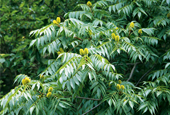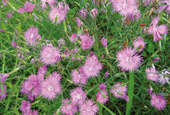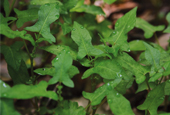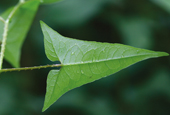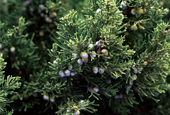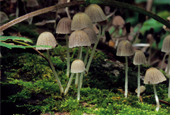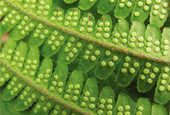Ancient trees registered as natural monuments will be cloned in order to continue their lineage. The Korea Forest Research Institute (KFRI) and the Cultural Heritage Administration intend to clone zelkova, ginkgo and pine trees and preserve their DNA in special laboratories. The trees, which are on average over 500 years old and stand more than 20 meters high and 8 meters around, have shared throughout time all the joys and sorrows of their villages and neighbors.
A 1,000-year-old zelkova tree in Seogwipo, on Jeju Island, is 21 meters high and 4 meters in girth. The tree is known to have existed since the 13th century, during the Goryeo Dynasty (918-1392). The tree, along with the hackberry forest nearby, has been protecting the village from the wind. Villagers believe the tree and its forest to be sacred.
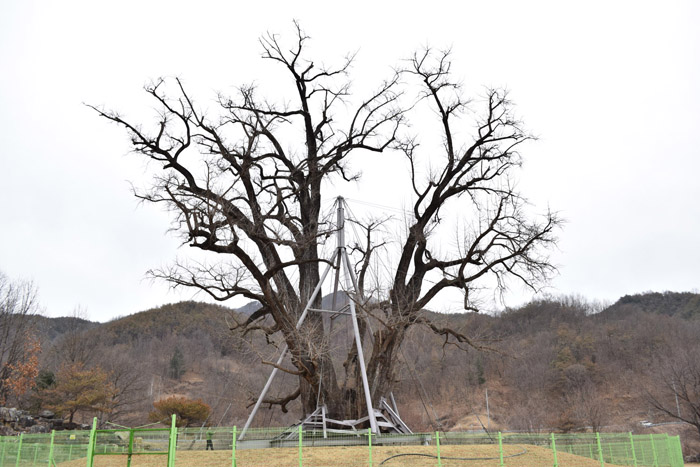
A 700-year-old ginkgo tree in Andong, Gyeongsangbuk-do (North Gyeongsang Province), is 31 meters high and 14 meters in circumference. Tak Suk-chang, an ancient admiral, returned to the village after the war triggered by the Japanese Invasion of Korea in 1592. He built up the ground around the tree, under which were held social gatherings amongst the villagers. In 1966, the tree was registered as a natural monument, but faced the risk of being submerged under water with the construction of the Imha Dam. To save the tree, the regional government spent KRW 2 billion on a civil engineering project to raise the ground by 15 meters over three years.
A 600-year-old zelkova tree in Damyang, Jeollanam-do (South Jeolla Province), is 34 meters high and 8.8 meters around. The tree is believed to have been planted by Lee Seong-gye (1335-1408), the founder of the Joseon Dynasty (1392-1910), while he was travelling to famous mountains across the country in preparation of the new dynasty he was about to found.
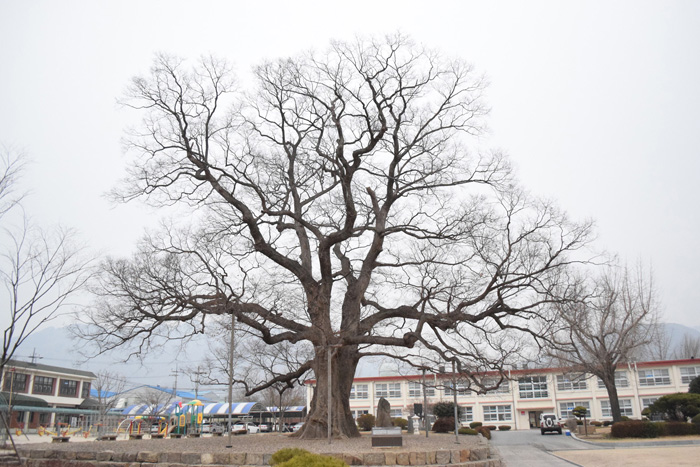
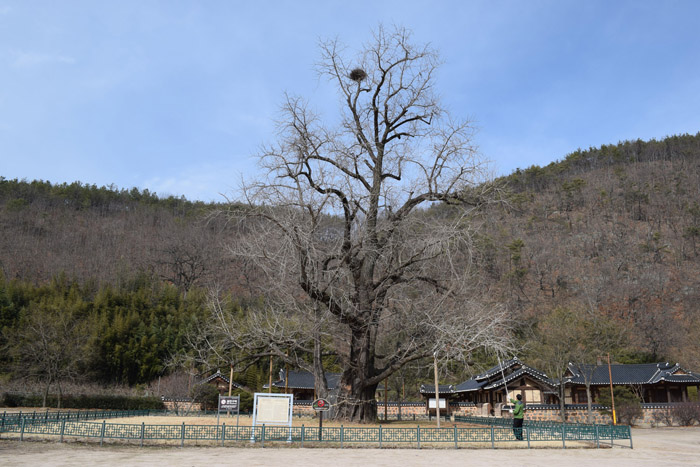
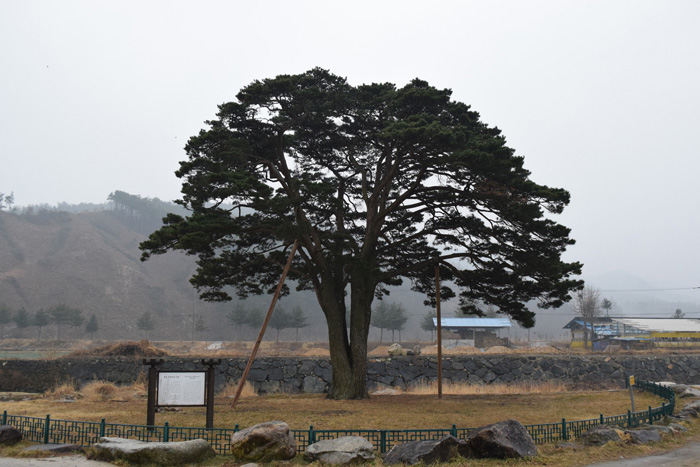
The KFRI intends to extract and store the trees’ genes in a bid to permanently preserve natural monuments with significant cultural, historical, academic and scenic value. Cloning the trees can help continue their lineage even if they are lost due to climate change or natural disasters such as typhoons or lightening. To carry out the cloning process and to preserve the genes, the KFRI plans to establish a sustainable preservation and management system, build conservation centers and gather forensic data through DNA identifications.
“Grafting, a kind of asexual reproduction technique for plants, will be used to conserve the genes of these natural monuments,” said an official from the KFRI.
By Limb Jae-un
Korea.net Staff Writer
jun2@korea.kr

A 1,000-year-old zelkova tree in Seogwipo, on Jeju Island, is 21 meters high and 4 meters in girth. The tree is known to have existed since the 13th century, during the Goryeo Dynasty (918-1392). The tree, along with the hackberry forest nearby, has been protecting the village from the wind. Villagers believe the tree and its forest to be sacred.

A 700-year-old ginkgo tree in Andong, Gyeongsangbuk-do (North Gyeongsang Province). (photo courtesy of the KFRI)
A 700-year-old ginkgo tree in Andong, Gyeongsangbuk-do (North Gyeongsang Province), is 31 meters high and 14 meters in circumference. Tak Suk-chang, an ancient admiral, returned to the village after the war triggered by the Japanese Invasion of Korea in 1592. He built up the ground around the tree, under which were held social gatherings amongst the villagers. In 1966, the tree was registered as a natural monument, but faced the risk of being submerged under water with the construction of the Imha Dam. To save the tree, the regional government spent KRW 2 billion on a civil engineering project to raise the ground by 15 meters over three years.
A 600-year-old zelkova tree in Damyang, Jeollanam-do (South Jeolla Province), is 34 meters high and 8.8 meters around. The tree is believed to have been planted by Lee Seong-gye (1335-1408), the founder of the Joseon Dynasty (1392-1910), while he was travelling to famous mountains across the country in preparation of the new dynasty he was about to found.

A 600-year-old zelkova tree in Damyang, Jeollanam-do (South Jeolla Province). (photo courtesy of the KFRI)

A 600-year-old ginkgo tree in Uiryeong, Gyeongsangnam-do (South Gyeongsang Province), has been deified as a guardian by the local villagers. (photo courtesy of the KFRI)

A 270-year-old pine tree in Hamyang, Gyeongsangnam-do (South Gyeongsang Province), has been helping young people develop their taste for the arts and nurture their growing spirits. (photo courtesy of the KFRI)
The KFRI intends to extract and store the trees’ genes in a bid to permanently preserve natural monuments with significant cultural, historical, academic and scenic value. Cloning the trees can help continue their lineage even if they are lost due to climate change or natural disasters such as typhoons or lightening. To carry out the cloning process and to preserve the genes, the KFRI plans to establish a sustainable preservation and management system, build conservation centers and gather forensic data through DNA identifications.
“Grafting, a kind of asexual reproduction technique for plants, will be used to conserve the genes of these natural monuments,” said an official from the KFRI.
By Limb Jae-un
Korea.net Staff Writer
jun2@korea.kr

